Catedral de Cádiz
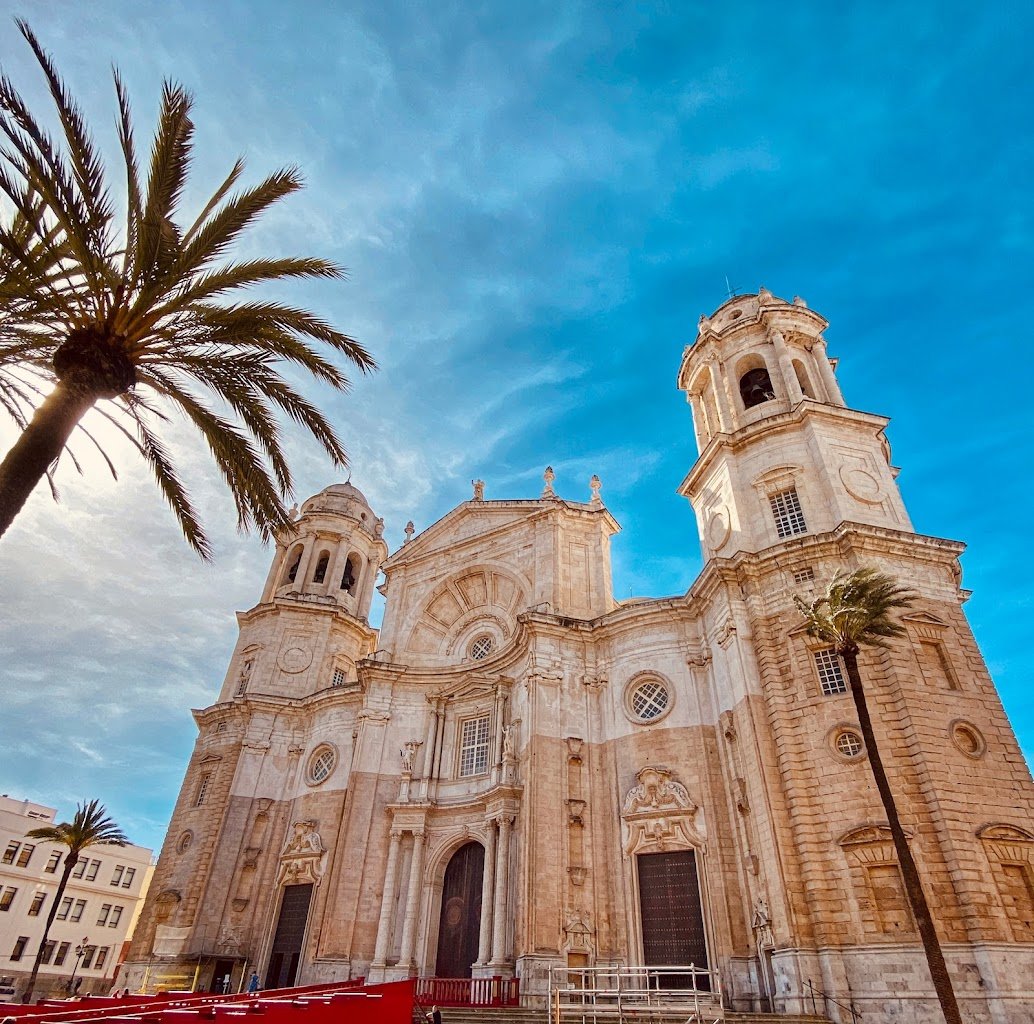
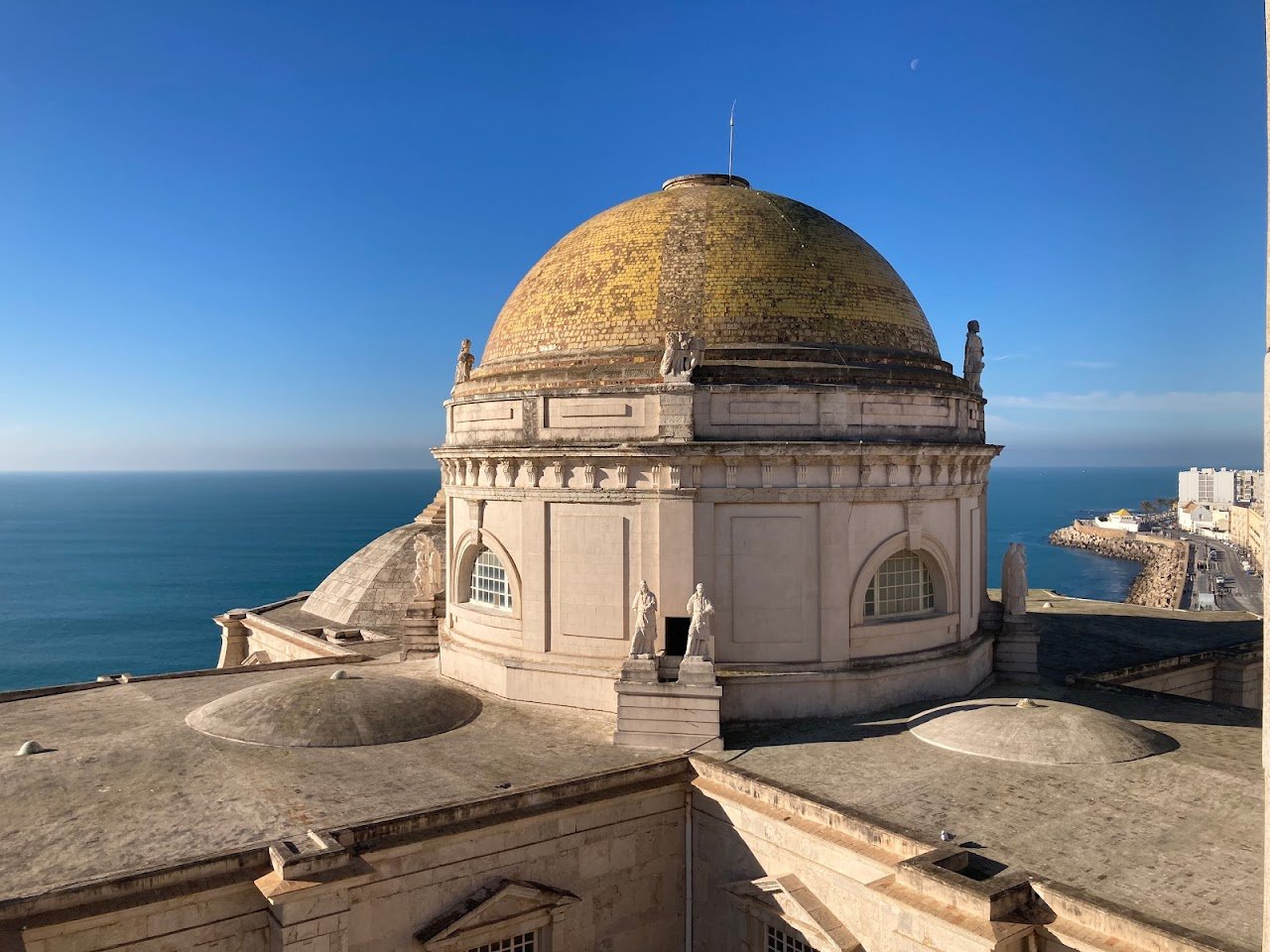
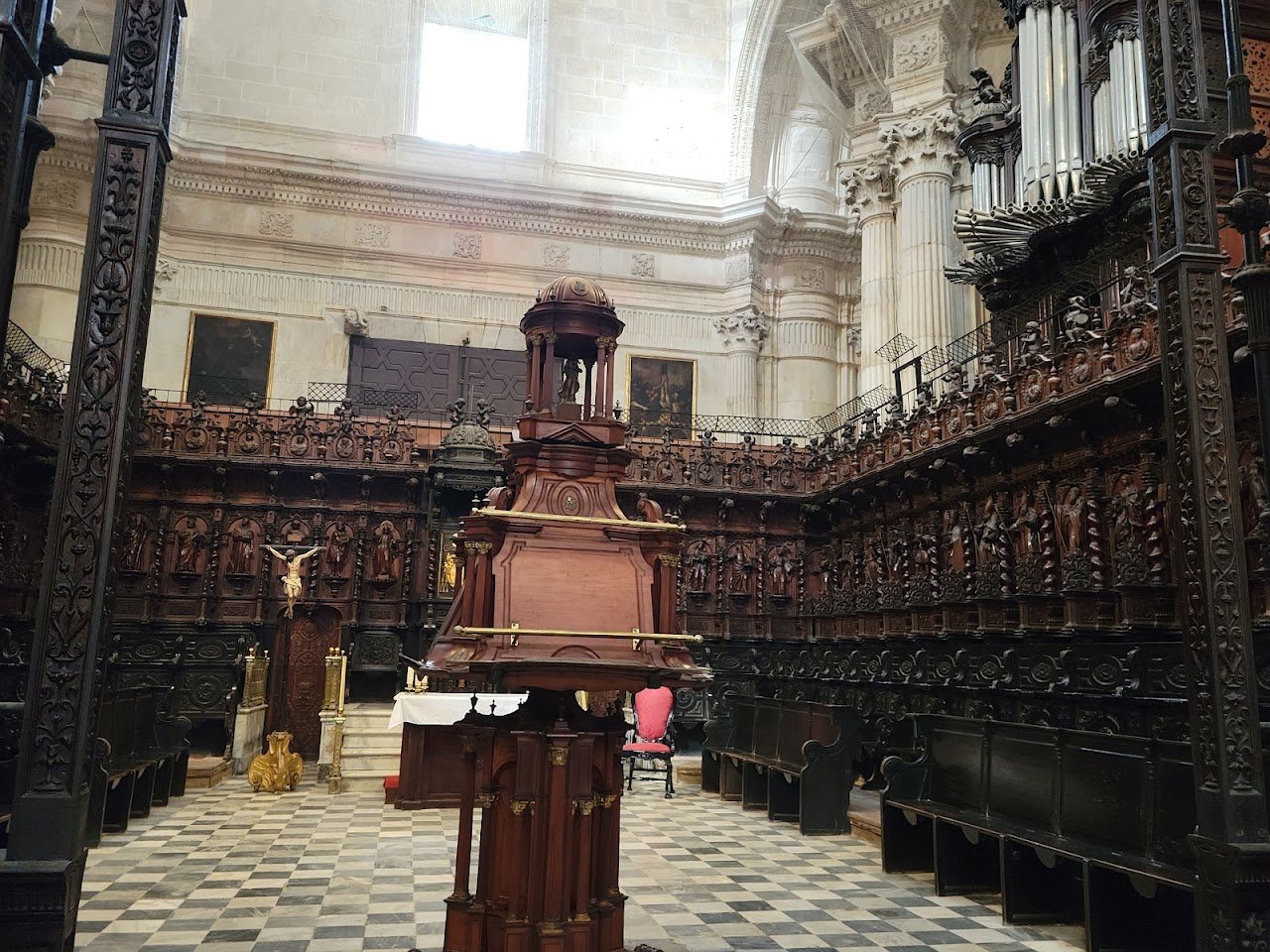
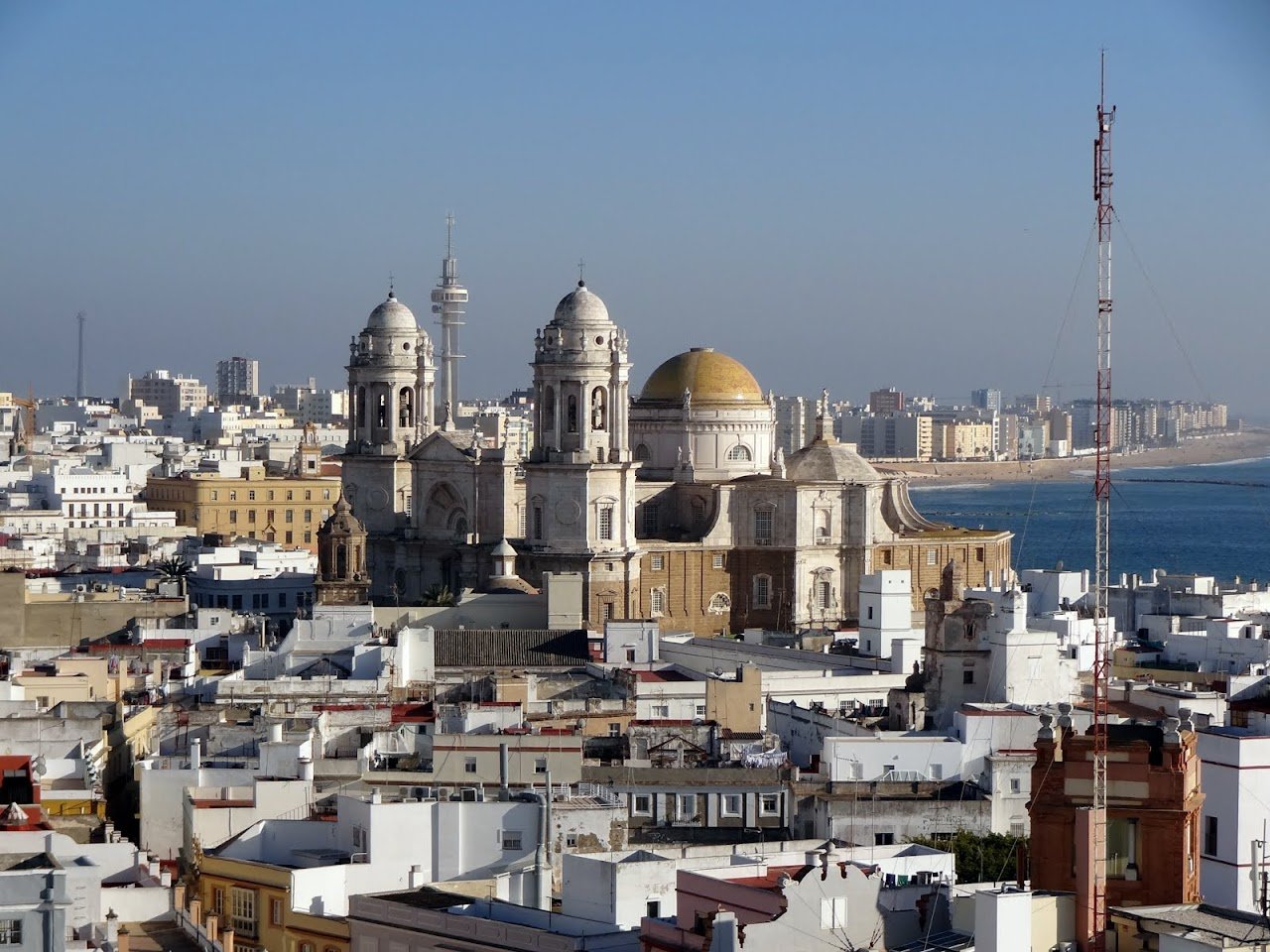
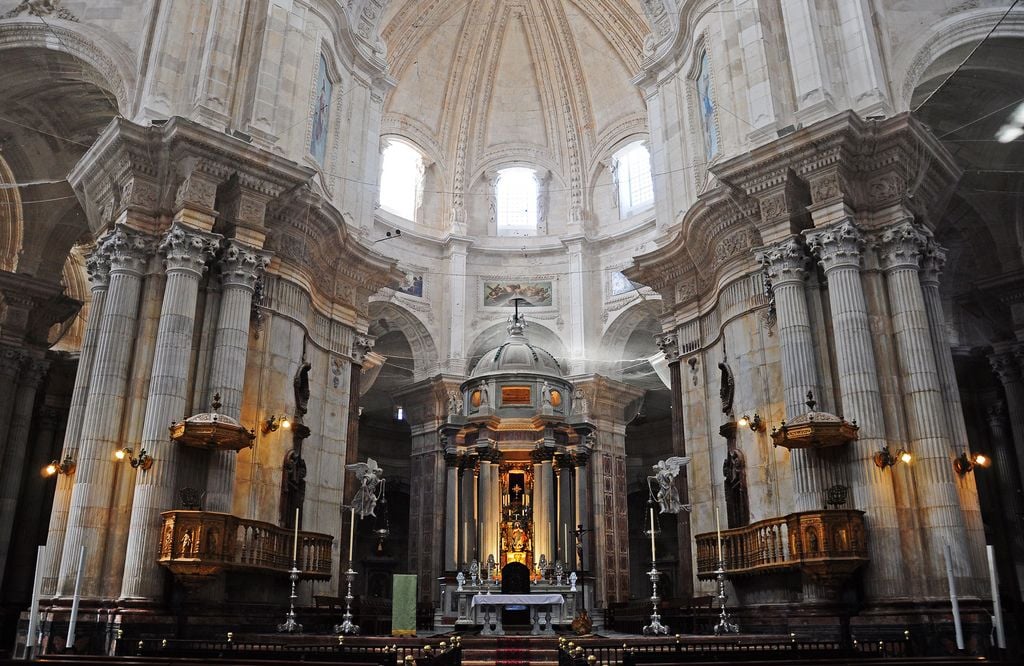
Ask ThatchGPT
Suggest a local expert to plan my trip
Suggest an unique itinerary for my Spain trip
What foods do Spain locals eat
What are some true hidden gems in Spain
Help me brainstorm trip ideas for Spain
Help me plan a family-friendly trip to Spain
What people say
Pedro Pereira
Available for hire
"The golden age of Cadiz in the 18th century, thanks to the monopoly of American trade, required an appropriate environment for liturgical celebrations that the old Cathedral of Santa Cruz, despite its venerable antiquity, could no longer offer. Thus, with the financial support of the shippers from the Indies, the construction of a magnificent architectural work began, designed by Vicente Acero in 1722.
The genius of the author lies in having managed to give an air of originality to the work, by combining the Spanish architectural tradition with Italian baroque forms. In this way the Gothic plan with a powerful apse coincided with the rich movement of the lines typical of the Italian architects of the time.
The construction, due to the size of the company and the pace of the works, always conditioned and sometimes suspended by commercial exchanges, was subject to various projects that modified the original plans, in fact the temple was consecrated in 1838. The changes, It is worth highlighting the neoclassical taste that began to prevail over time, although the spirit of Vicente Acero dominates the entire project. These changes in style have remained evident in the upper areas of the Cathedral: dome, towers and crowning of the main façade.
The temple is in the shape of a Latin cross with three naves, an apse and side chapels. The naves are separated by elliptical pillars with fluted Corinthian columns at the ends. The main façade, framed by two large towers that increase its width, is divided into three sections. The central area houses the main entrance made of white marble.
The octagonal towers are made up of three bodies: the first in baroque style and the other two in neoclassical style. The dome, situated over the cross, stands out for the yellow colour of the glazed tiles, on whose base the sculptures of the four evangelists are raised.
Inside there are 16 chapels, among which the most notable is that of San Sebastián, which preserves a painting representing him, from 1621 and by the Genoese Andrea Ansaldi; the chapels of San Servando and San Germán, which preserve baroque sculptures representing the owners, from 1687, are the work of Luisa Roldán, known as la Roldana; the chapel of Santa Teresa which exhibits the tabernacle of the Corpus Christi procession, made in silver between 1649 and 1664 according to the project of Alejandro Saavedra and the main chapel which has a neoclassical temple with a circular plan, made of coloured marble and gilded bronze, which follows the 1790 project of Manuel Machuca.
The crypt, designed by Vicente Acero and completed in 1726, is particularly noteworthy. It is organised around a circular space covered by a flat vault, from which some rooms open. The complex is presided over by a rectangular space with niches for burials, in which, on the head wall, there is a 17th-century Genoese marble altar with an image of the Virgin of the Rosary in white marble and in a high-quality Baroque style, by the Italian sculptor Alessandro Algardi. In addition to the bishops of the diocese, Manuel de Falla and José Maria Pemán, illustrious figures from Cádiz, are also buried in the crypt."
Read more in:
Christine Bertl
"Visit the basement and the tower!"
Read more in:
Mentioned in these guides
About Catedral de Cádiz
Get the inside scoop on Catedral de Cádiz from local experts, travel creators, and tastemakers. Browse genuine trip notes, Catedral de Cádiz reviews, photos, travel guides, and itineraries from real travelers and plan your trip with confidence.
Phone
Save this spot for later or start mapping out a new trip today
Try our AI Travel Assistant and get instant answers to any questions about your trip.
Ask ThatchGPT


